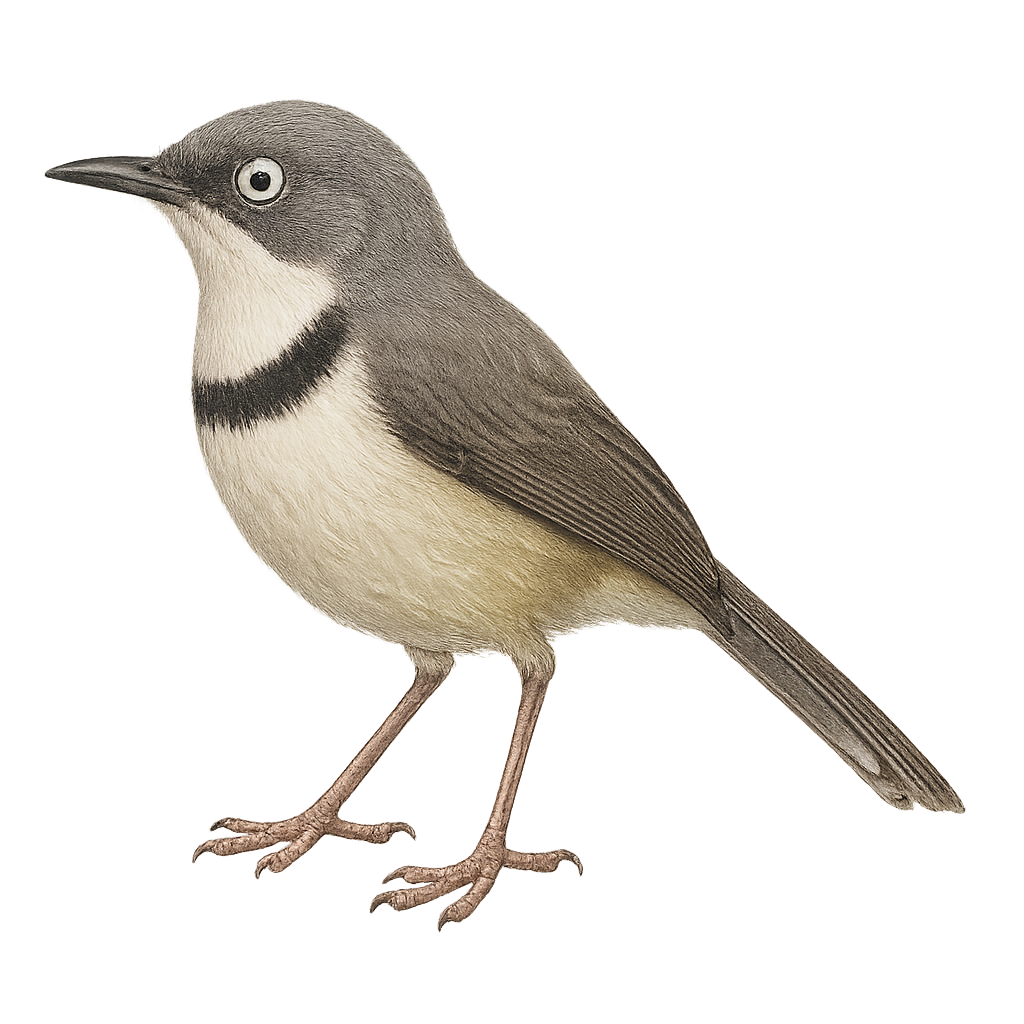Your wildlife photography guide.
Explore the bar-throated apalis in detail, study its behavior, prepare your shots.
Where to observe and photograph the bar-throated apalis in the wild
Learn where and when to spot the bar-throated apalis in the wild, how to identify the species based on distinctive features, and what natural environments it inhabits. The WildlifePhotographer app offers tailored photography tips that reflect the bar-throated apalis’s behavior, helping you capture better wildlife images. Explore the full species profile for key information including description, habitat, active periods, and approach techniques.
Bar-throated Apalis
Scientific name: Apalis thoracica

IUCN Status: Least Concern
Family: CISTICOLIDAE
Group: Birds
Sensitivity to human approach: Suspicious
Minimum approach distance: 10 m
Courtship display: October to January
Incubation: 13-15 jours
Hatchings: October to February
Habitat:
dense forests, thickets, mountainous areas
Activity period :
Primarily active during the day, with peak activity in the morning and late afternoon.
Identification and description:
The Bar-throated Apalis is a small passerine bird from the Cisticolidae family, predominantly found in the mountainous regions of southern Africa. It is characterized by its black throat, contrasting with a white belly and olive-grey back. Males and females look similar, although males may exhibit slightly brighter colors. This bird is often seen in pairs or small groups, actively moving through dense bushes and forests in search of insects. Its song is melodious and varied, often used to mark its territory. The Bar-throated Apalis is a resilient bird, capable of adapting to various habitats, though it prefers wooded areas and dense thickets.
Recommended lens:
400 mm – adjust based on distance, desired framing (portrait or habitat), and approach conditions.
Photography tips:
To photograph the Bar-throated Apalis, it is advisable to use a telephoto lens of at least 400mm to capture precise details without disturbing the bird. Look for it in dense forests and thickets where it actively moves. Be patient and discreet, as this bird is suspicious. Listen to its melodious song to locate its position. Favor early morning or late afternoon hours to benefit from soft, natural light.
The WildlifePhotographer App is coming soon!
Be the first to explore the best nature spots, track rutting seasons, log your observations, and observe more wildlife.
Already 1 430 wildlife lovers subscribed worldwide

